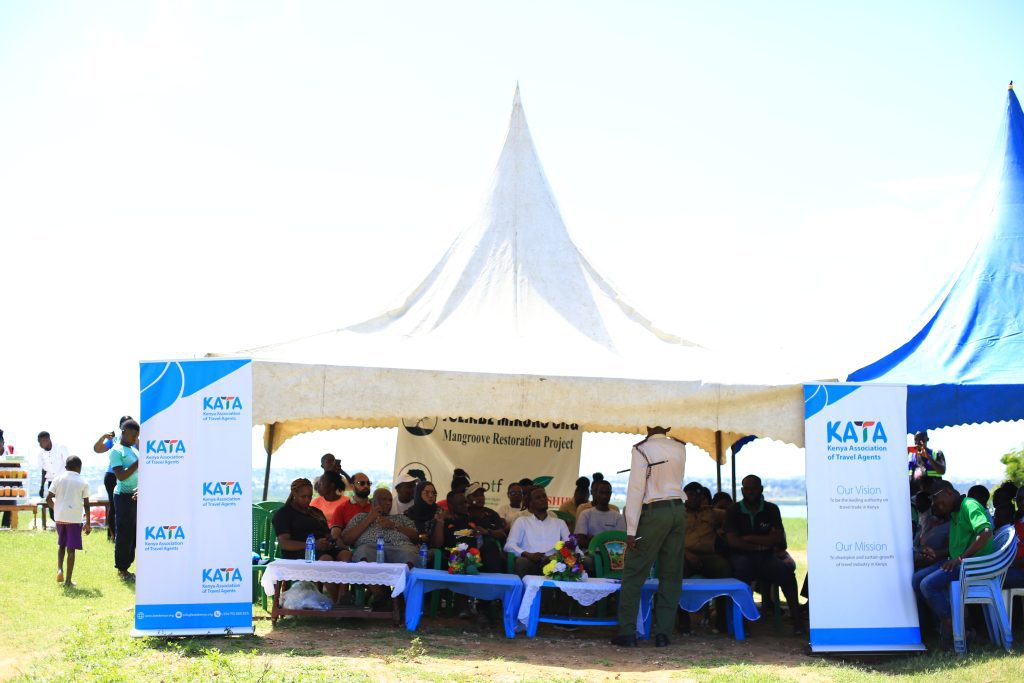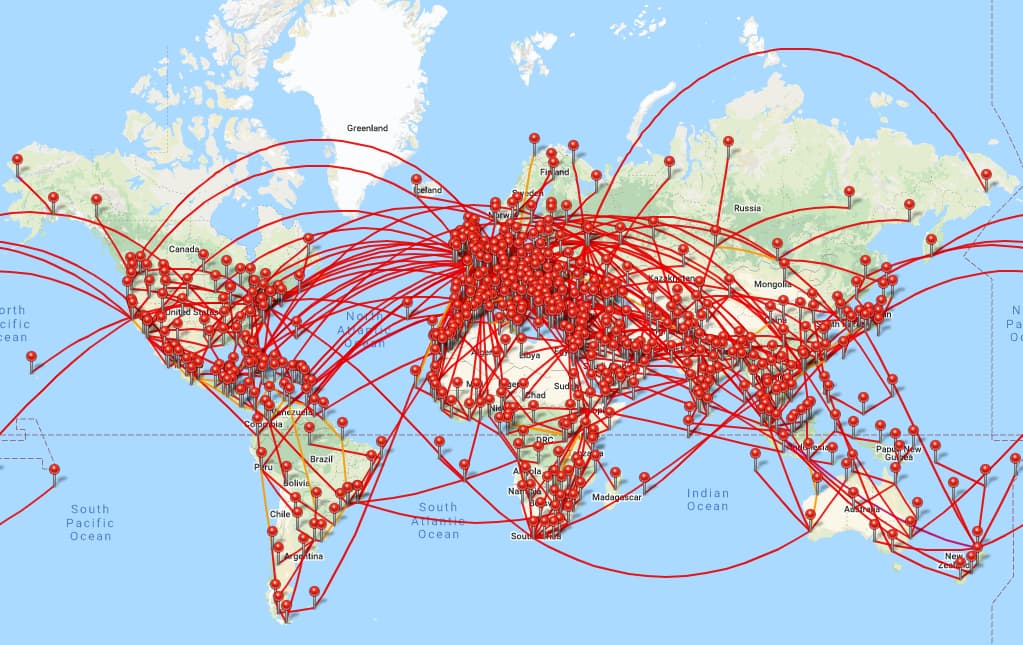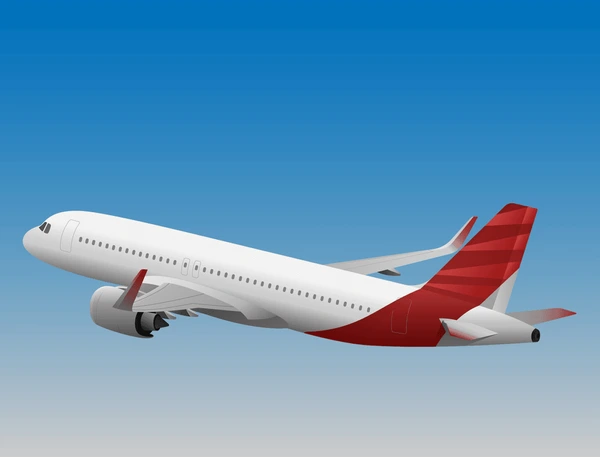Tourism industry stakeholders have been urged to involve themselves in activities that will help preserve the environment.
Speaking on Thursday at the Bangladesh area in Mombasa after a mangrove restoration exercise, the Kenya Association of Travel Agents (KATA) CEO Nicanor Sabula said the environment was a major contributor to tourism in the country.



“Tourism depends on the environment, so if we do not conserve our environment, it will simply mean that the economy will also be affected. So we will give tree planting priority, and the exercise here in Bangladesh is just the start,” said Sabula.
During the exercise, KATA and other tourism stakeholders, including Kenya Coast Tourism Association (KCTA), Jambo Jet, The Pubs, Entertainment and Restaurants Association of Kenya (PERAK), partnered with the community to plant over 1,000 mangrove seedlings along the Tudor Creek in Mikindani.

Speaking after the exercise, KATA Chair Patrick Kamanga said that through KATACares, the association will follow up to ensure the seedlings planted reach maturity.
“What we do as KATA is to sell air tickets; people are traveling all over the world, and that is why we decided to give back to the community. Through KATACares, we assess areas where we can support, and this year, we chose Mombasa. We will work with the community to ensure that we make a difference,” said Kamanga.

Meanwhile, Birikani Chief Sudi Hamisi commended the exercise, saying that it will not only help in achieving President William Ruto’s target of 15 billion trees by 2032 but also provide a source of livelihood for the locals.
“Apart from the government’s target and livelihoods for the locals, such exercises help in conserving the coastal environment. We know that the coastal strip was deteriorating, and that is why the Kenya Forest Service and other stakeholders came up with the idea of Beach Management Units to help in preserving it,” said Chief Khamisi.



Peter Nyongesa is the chairman of the Tulinde Mikoko self-help group based in Mikindani. The group that produces mangrove seedlings supplied the seedlings that were planted during the restoration exercise.
“The types of trees we planted today are good for the marine life. Locals here love eating crabs, and the mangrove helps in the reproduction of crabs and other fish,” said Nyongesa.
The mangrove restoration exercise, which started at 8:30 am, also saw primary school students participate in tree planting.
Jared Oguk, a teacher at St. Mary’s Comprehensive School, said involving children in such exercise prepares them to better care for the environment in the future.
“The children are the future. Involving them in such exercises shows them how the environment is conserved and teaches them how to take care of our natural resources,” said Oguk.
The exercise was part of KATA’s Corporate Social Responsibility (CSR) aimed at improving the coastline and the coastal environment.
KATA CEO Nicanor Sabula said the association aims to plant over 20,000 mangroves in the next two years.


Source: Baraka FM











